U.S. solar expansion stalled by rural land-use protests – “It’s pretty obvious that, if there’s a climate urgency, we’re not behaving that way”
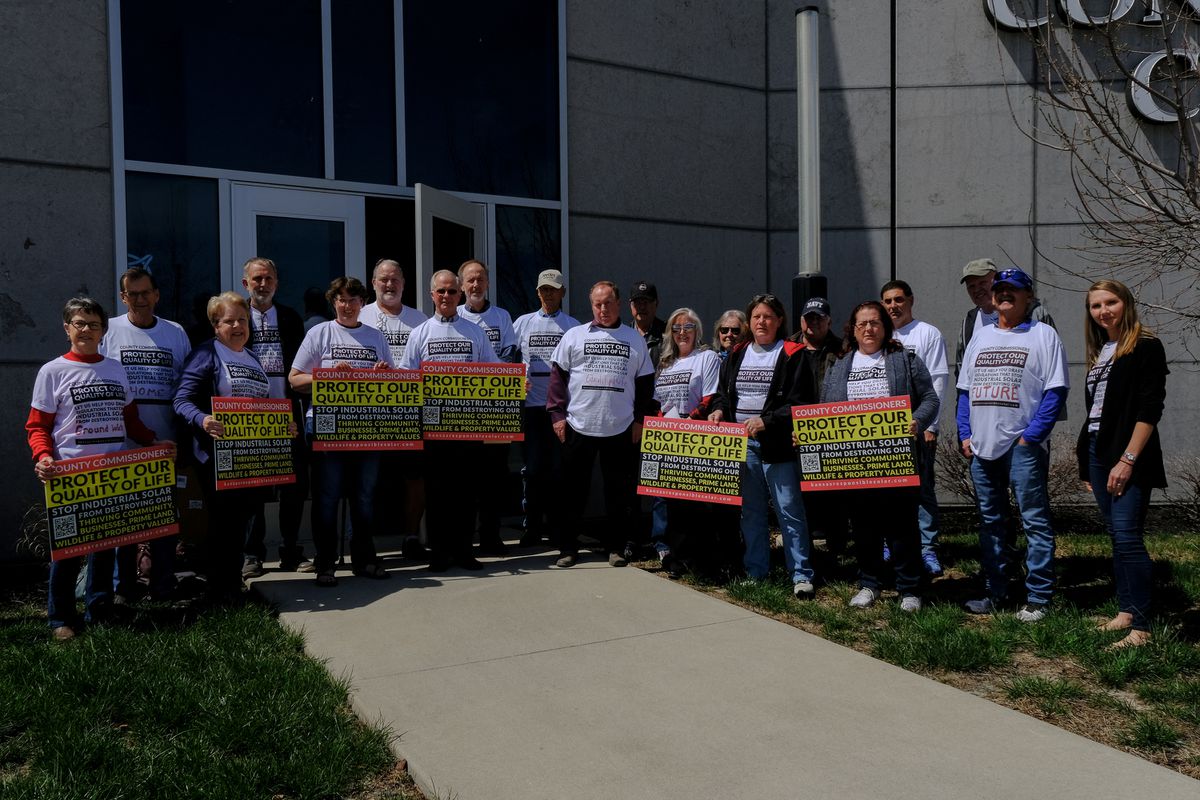
By Nichola Groom
7 April 2022
(Reuters) – The Solar Star project in California is among the largest solar energy facilities in the world, boasting 1.7 million panels spread over 3,000 acres north of Los Angeles. Its gargantuan scale points to an uncomfortable fact for the industry: a natural gas power plant 100 miles south produces the same amount of energy on just 122 acres.
The dynamic encapsulates the industry’s biggest obstacle to growth: Solar farms require huge amounts of land, and there’s a fast-growing movement, fueled by politicized social-media campaigns, to prevent solar developers from permitting new sites in rural America.
That’s a major problem for the transition away from fossil fuels to combat climate change. Solar currently makes up 3% of U.S. electricity supply and could reach 45% by 2050 to meet the Biden administration’s goals to eliminate or offset emissions by 2050, according to the Department of Energy. To get there, the U.S. solar industry needs a land area twice the size of Massachusetts, according to DOE. And not any land will do, either. It needs to be flat, dry, sunny, and near transmission infrastructure that will transport its power to market.
The solar companies don’t care about the environment – the farmland, and the rural communities they will destroy to get these projects. They are all about the money.
Beth Snider, Page County Citizens for Responsible Solar in Virginia
As solar developers propose new, often sprawling projects in places like Kansas, Maine, Texas, Virginia and elsewhere, local governments and activist groups are seeking to block them and often succeeding. They cite reasons ranging from aesthetics that would harm property values to fears about health and safety, and loss of arable land, farm culture, or wildlife habitat.
“This is increasingly one of the top barriers that we’re going to face,” said Steve Kalland, executive director of the North Carolina Clean Energy Technology Center, a research center that supports clean energy development nationwide. “If we can’t get projects sited and deployed, then we’re going to have real problems on our hands.”
Officials at the White House and the Department of Energy, who are pushing for a rapid expansion of solar power, did not comment on the industry’s land-acquisition problems.
In most cases, the opposition to these projects is being organized on Facebook, where the number of pages devoted to blocking solar development has exploded in recent years. The pages air a mix of legitimate concerns, such as the loss of scenic vistas, tree removal, and soil erosion, with misinformation about climate change and alleged health hazards from solar electricity. The false claims include arguments that climate change is a hoax to groundless assertions that solar farms leach the carcinogen cadmium into the soil and nearby waterways when it rains, or that they rarely produce electricity.
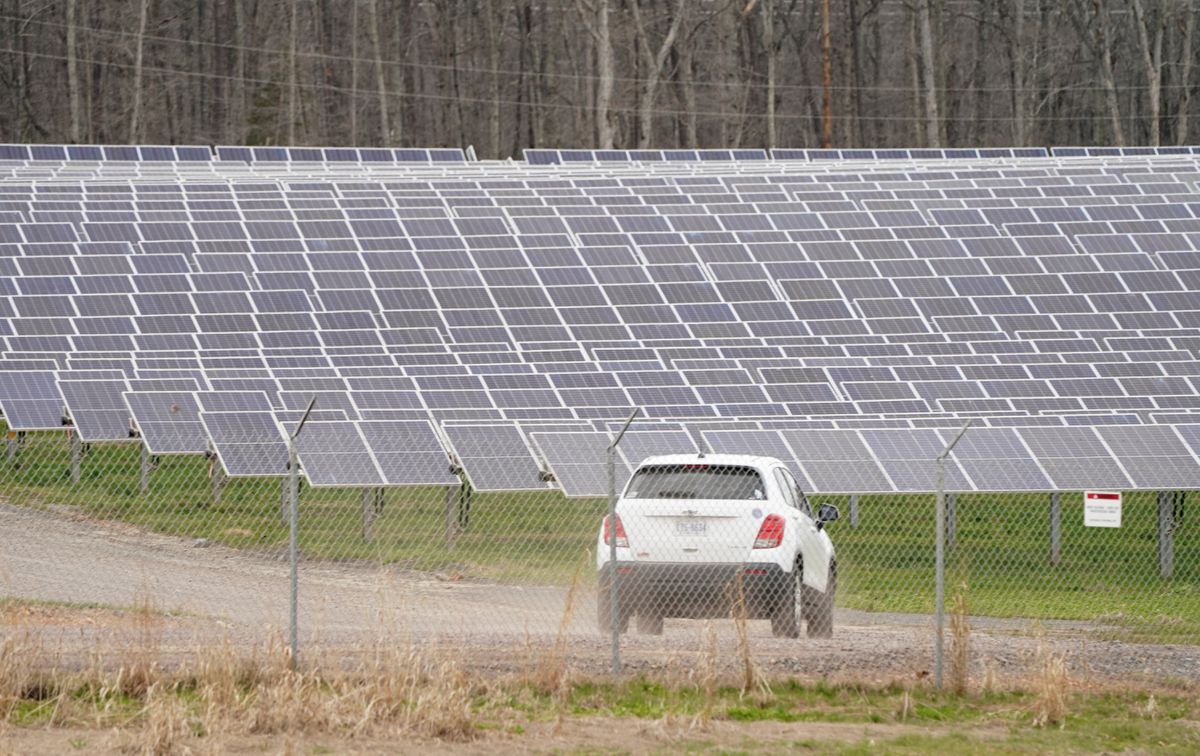
Reuters identified 45 groups or pages on Facebook dedicated to opposing large solar projects, with names such as “No Solar in Our Backyards!” and “Stop Solar Farms.” Only nine existed prior to 2020, and nearly half were created in 2021. The groups together boast nearly 20,000 members.
“For every single large-scale solar project, you’re seeing very well-organized opposition on social media,” said Matthew Sahd, a solar market analyst for energy research firm Wood Mackenzie. “It’s very impressive what these local communities are able to organize.”
Beth Snider, of Virginia’s Page County Citizens for Responsible Solar, said she believes solar developers are using the climate change issue to justify profit-making businesses that hurt the environment in other ways.
“The solar companies don’t care about the environment – the farmland, and the rural communities they will destroy to get these projects,” she said. “They are all about the money.” […]
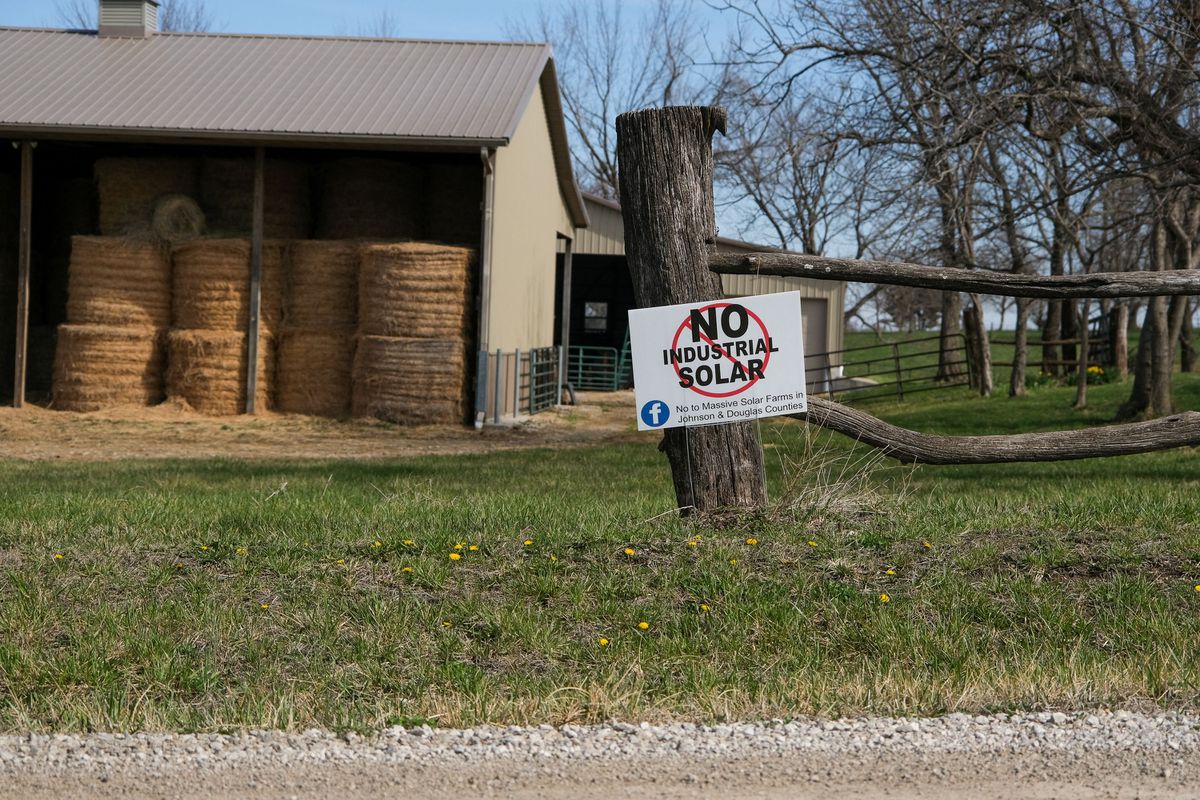
Their protests are persuasive. More than 1.7 gigawatts of proposed solar capacity was canceled during the permitting stage in 2021, according to an analysis by Wood Mackenzie conducted for Reuters. That’s equivalent to a tenth of the 17 gigawatts of utility-scale solar capacity installed in the United States last year. Wood Mackenzie did not track the data on permitting prior to 2021.
Those figures do not account for the potential projects that have been preempted by locally imposed limitations or moratoria on solar applications. An analysis by Columbia Law School last year found 103 localities nationwide that have adopted policies to block or restrict renewable energy development – a list the report said is not exhaustive.
The American Clean Power Association, an industry trade group, said in a statement that the protests present a major challenge to the solar industry and threaten its role in addressing climate damage. […]
“It’s pretty obvious that, if there’s a climate urgency, we’re not behaving that way,” said Armond Cohen, executive director of environmental group Clean Air Task Force. “There’s this assumption that there’s so much solar and wind available at such low cost, it’s obviously going to get built… maybe it will, but something pretty serious is going to have to change.” [more]
Special Report: U.S. solar expansion stalled by rural land-use protests
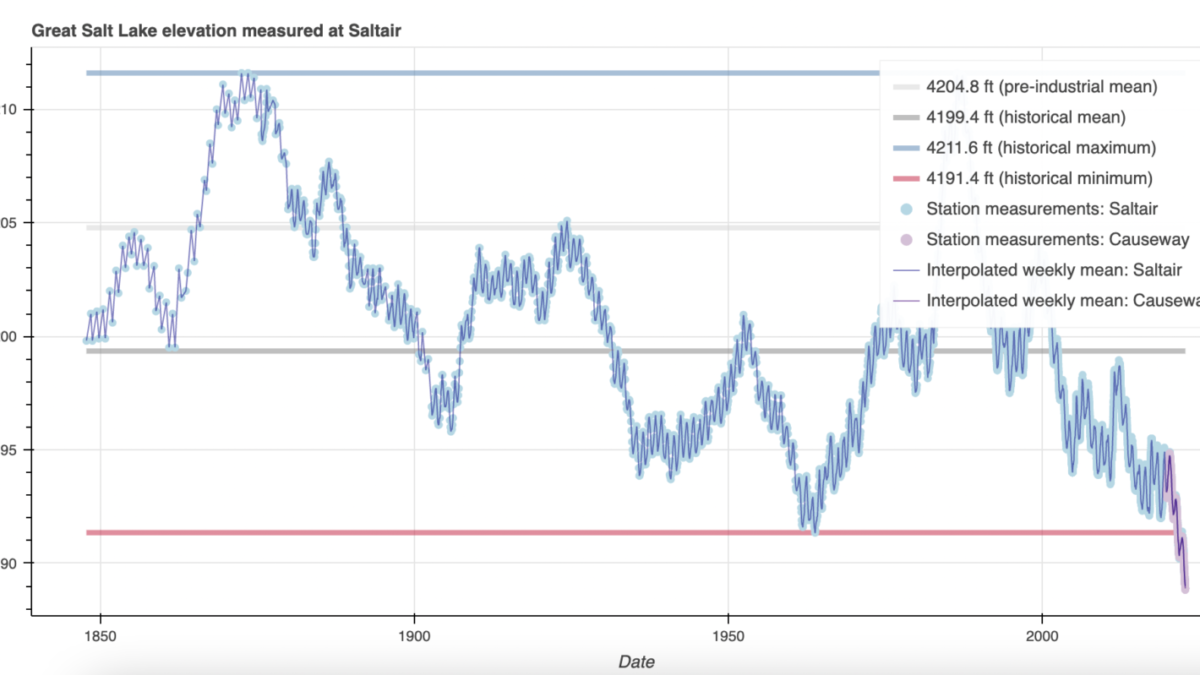
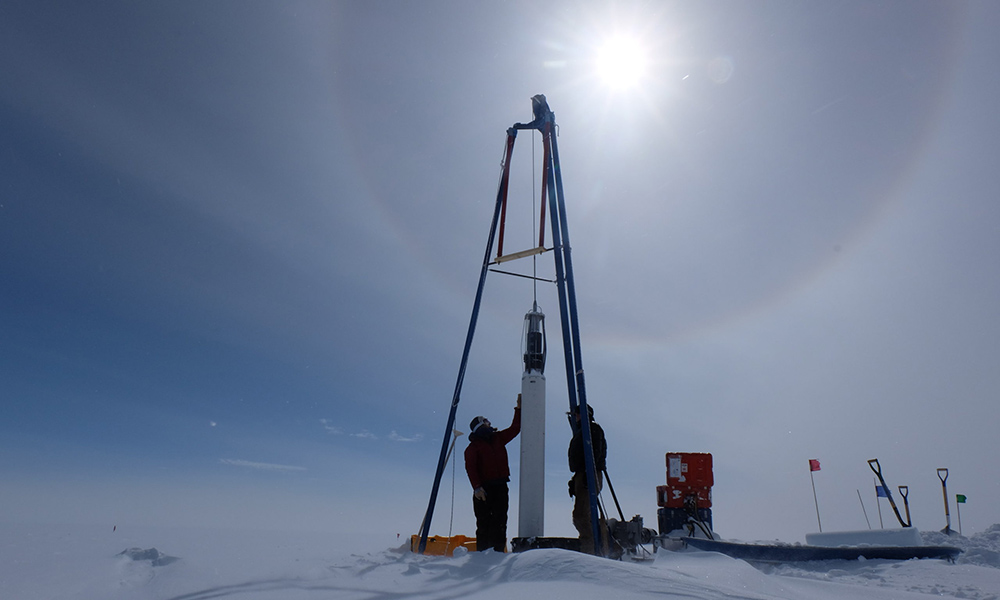
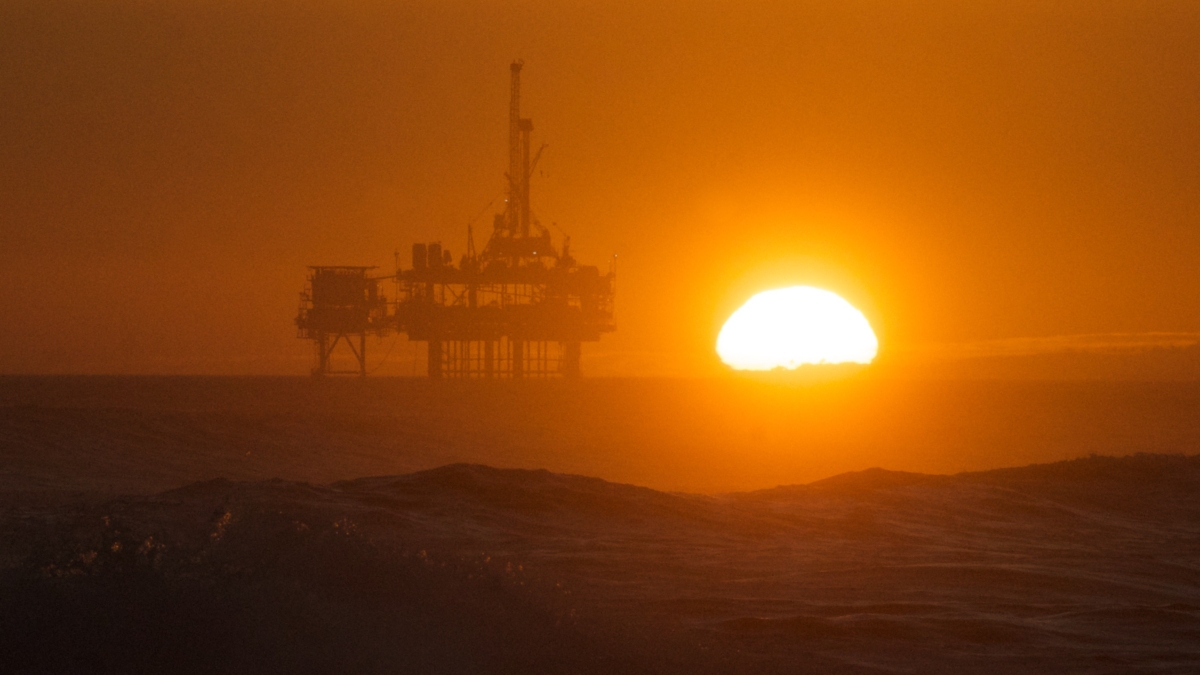
One Response
Comments are closed.